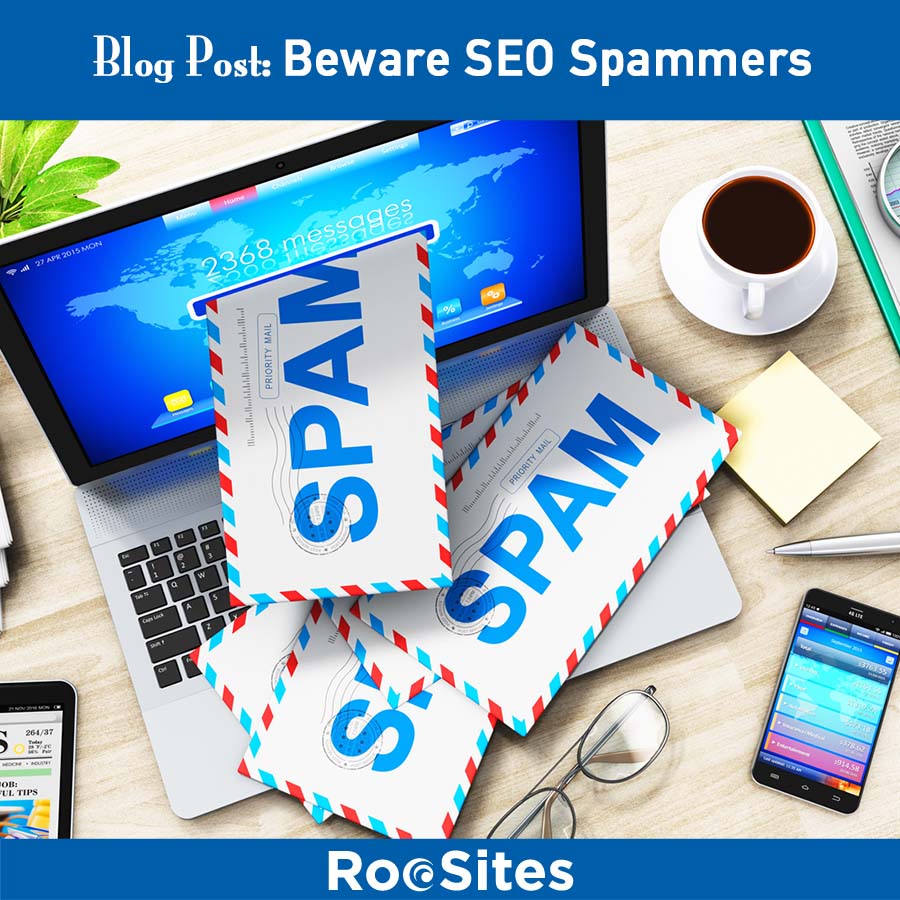
User intent refers to the purpose behind a user’s search query. It’s the ‘why’ that drives the ‘what’. Generally a user’s intent falls into three broad categories:
Understanding intent is vital for several reasons:
As technology advances, so does the ability of search engines to understand and predict intent. Features like voice search and AI are making it even more critical to focus on intent rather than just keywords. The future of SEO is not just about understanding what your audience types into the search bar but understanding the thought process behind those words.
In conclusion, aligning with intent isn’t just an SEO strategy; it’s a necessity for any content creator online. By understanding and addressing the underlying purpose of search queries, businesses and content creators can provide more value, improve their SEO performance, and ultimately achieve their online goals. Whether you’re writing a blog post, designing a landing page, or optimizing a product description, start with the intent of your users, and you’ll be on the path to success.
Related Content: 100 Ways To Improve Your Website

First off, they never even ask you what you want to be found for, just a blanket promise that they can make you number one. OK, what if I want to be found for Apple computers? See how ridiculous their promises are?
The sheer volume of these emails has gotten out of hand. While I am sure that there are some legitimate companies out there, they wouldn’t resort to sending spam.
Here is one day, over a 10-minute period, 7 SEO Spam Emails!
When you respond to spammers, your email address is flagged as live. Spammers have no shame, they sell these list to others. So I never respond. Even their unsubscribe links are fake and used to determine what email addresses are live. The best thing you can do is mark them spam and delete. If you are receiving multiple emails with the same language, set up rules to discard their garbage.
Simple, search engine optimization (SEO) is included with all our service plans. BUT, we never make false promises. And we NEVER send spam or unwanted emails of any kind. We will work with our clients to devise a plan to improve their search engine rankings. Depending on what they want to be found for, many times we do reach that vaunted number one spot in Google. This, of course, is dependent on what they want to be found for. In my joke above, obviously I won’t get somebody to be number one for Apple computers. But I might be able to get them a number for something reasonable. What we can promise is that if they follow the plan we set up for them, they will improve. Improving your search rankings is work, and if you’re willing to put in the time and effort, you can improve.
If it was as easy as the SEO spammers say, then ask yourself: Why aren’t they number one for SEO? If you check out most of the companies that are sending you Spam, they aren’t even on the first page for SEO or Search Engine Optimization! In fact, most aren’t in the top hundred listings!
I doubt it, although Spam detection has gotten much better we still find our inboxes and spam filters full of garbage each and every day. Some email providers are much better than others, which is why I always recommend a third-party email service rather than hosting your own website email on your server.
If you like Microsoft Products then go with Office 365
If you prefer Google products and Gmail, then G-Suite is the way to go.
You have to always be on guard against spammers and scammers. Always assume any email coming in or pop-ups are from malicious sources looking to hack and or install Trojan processes on your computer. But as I said, in terms of the SEO Spam, mark as spam, delete and set up rules.